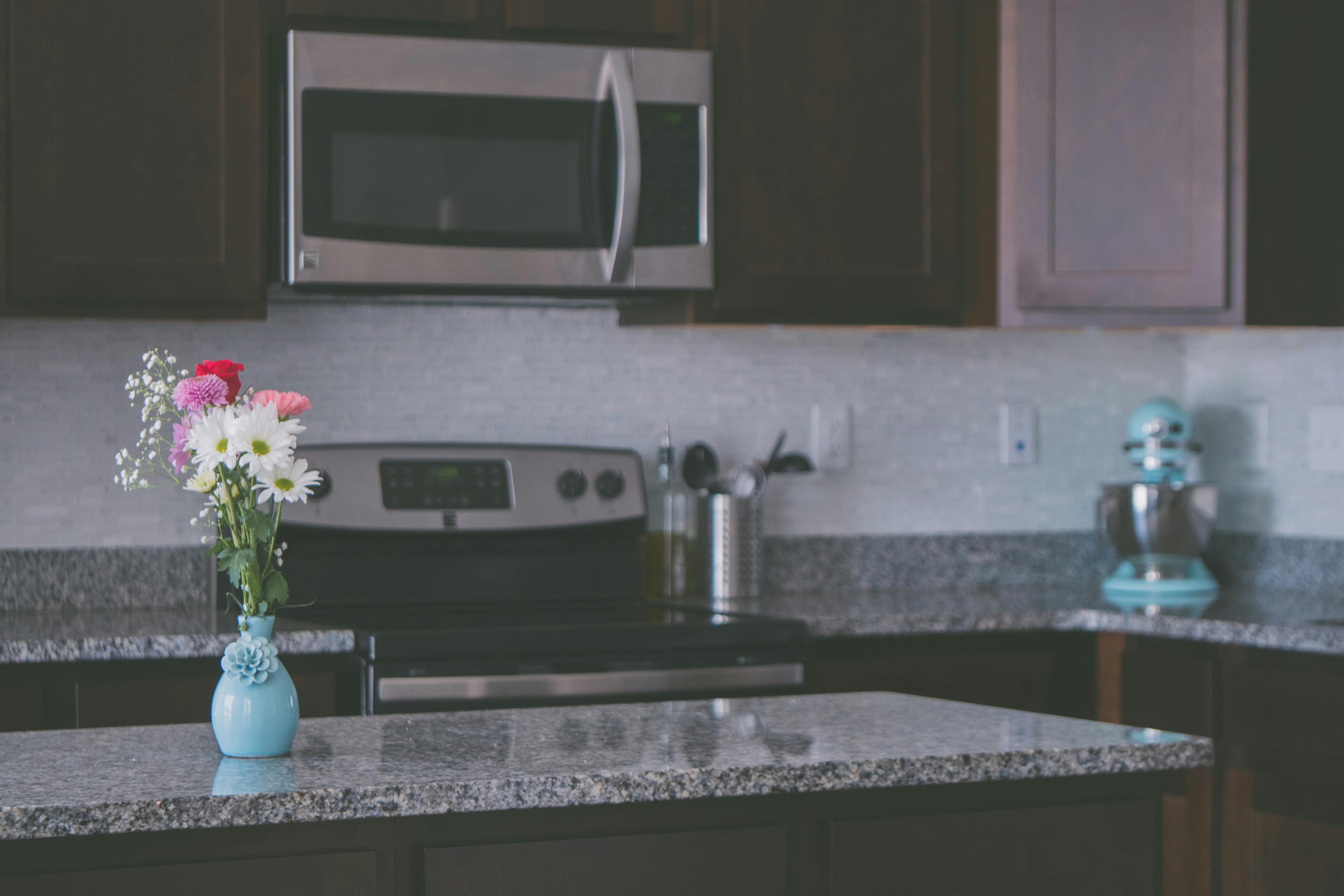Protecting Components on Flexible PCBs
Components on Flexible PCBs
Printed circuit boards (PCBs) are an essential part of modern electronic devices. They connect components together to transmit signals and power. Rigid PCBs are common in most electronic products, but flex PCBs can fit into more compact spaces. This makes them more useful in a variety of applications.
Flex PCBs are made using a flexible substrate that allows them to bend and move with the device. The flex substrate is coated with a dielectric layer to protect the copper conductors from damage or shorting. The conductive copper paths are then printed and etched on the flex substrate. Once etched, the copper layers are plated and connected to each other. The final step is to apply the solder mask to protect the traces from corrosion and oxidation.
The first step to protecting components on a flexible pcb is to ensure that the conductor paths are printed properly. This can be accomplished by following IPC guidelines. For instance, if you have a corner on the flex PCB that is less than 180 degrees, it should be terminated with a circular section of at least 1.5 mm radius to avoid tearing the flex substrate material.
Another way to protect components on a flexible pcb is by applying a conformal coating. This coating is a thin film designed to safeguard electronic assemblies from dust, moisture, and other harmful contaminants. It also insulates the PCB, preventing electrical failures and increasing its longevity.

Protecting Components on Flexible PCBs
The cladding layer in a flexible pcb is an essential component of the board, and it should be chosen carefully. A cladding layer must be durable enough to endure thousands of bending and movement cycles. It should also be able to resist environmental conditions such as humidity and chemical substances. A polyimide cladding layer is a good choice for a flexible PCB.
To prevent static electricity from damaging the circuit board, it is important to keep the flex PCB in a dry environment. It is also a good idea to wear a grounding wrist strap when handling the circuit board. This will help discharge any static electricity that may build up in your body. You can also use a liquid repellent to limit the accumulation of moisture and dirt on your flex PCB.
A flex circuit’s outer layer is known as coverlay, and it can be applied, laminated, or bonded to the PCB’s copper foil and circuit patterns. The material of the coverlay is important to the flexibility and bending performance of the flex circuit.
The thickness of the coverlay is also important. Thicker coverlay will provide better insulating properties, while thinner coverlay can help meet stringent bending requirements. It is also important to make sure that there are tented or windowed openings for the placement of vias. If you are using a rigid-flex circuit, it is best to use a solder mask instead of coverlay for the rigid portions of the board. In order to make the flex PCB stiffer, you can add stiffeners to it.
The aerospace and defense sectors rely on flexible PCBs for mission-critical applications. They are used in aircraft avionics, satellites, drones, and military electronics. Flexible PCBs withstand vibrations, shocks, and extreme temperatures, making them well-suited for harsh operating environments.



Recent Comments